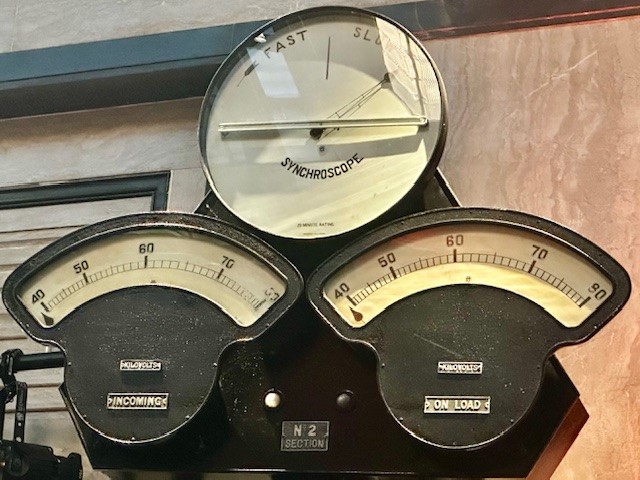Introduction
In the symphony of the power grid, 50 Hz is the UK’s unwavering beat. It’s a number most don’t think about, yet it is crucial to the seamless flow of electricity that powers our lives. But why is this frequency the standard, and what does it take to maintain this constant rhythm?
The Significance of 50 Hz
The choice of 50 Hz for alternating current (AC) electricity systems in the UK, and many other parts of the world, is a historical one, dating back to the early days of electrical power systems. It strikes a balance between efficiency for transmission and practicality for electrical machinery design. This frequency ensures that all electrical appliances and infrastructure operate in harmony.
Stability and Efficiency
Grid frequency reflects the balance between the amount of electricity consumed and the amount generated. When demand and supply are perfectly matched, the frequency holds steady at 50 Hz. Deviations can signal an imbalance, potentially leading to power outages or damage to infrastructure if left unchecked. As you can see from the image above, power stations monitor frequency. This was the synchroscope at Battersea Power Station which is now long since closed.
Maintaining the Rhythm
Maintaining this balance is an increasingly complex dance. As we integrate more renewable sources like wind and solar, which can be intermittent, the grid has to adapt quickly to prevent fluctuations. National Grid ESO orchestrates this, employing various tools, from calling on standby power plants to utilizing energy storage, to keep the frequency stable.
Innovations in Grid Management
The UK is at the forefront of grid innovation, implementing smart technologies that make our electricity system more flexible and responsive. Energy storage, such as large-scale batteries, can absorb excess power and then release it when there’s a lull in generation, acting as a buffer to maintain the 50 Hz frequency.
Impacts on Consumers and Producers
For consumers, this means the electrical products we use daily are optimized for a 50 Hz supply. For producers, it involves a commitment to fine-tuning generation to match the grid’s requirements, a task made easier with smart meters and IoT devices that help monitor and manage electricity flows.
The Future of the Grid
As we move towards a net-zero carbon future, the UK’s grid will continue to evolve. Innovations like demand-side response, where consumers are incentivized to use less power during peak times, and the development of more responsive renewable generation, will play a part in shaping a resilient grid that maintains the 50 Hz standard.
Conclusion
The 50 Hz frequency is more than a technical detail; it’s the cornerstone of our electricity system’s reliability. As the UK’s grid becomes smarter and greener, maintaining this frequency will remain a top priority, ensuring that the energy heartbeat of the nation never skips a beat.

